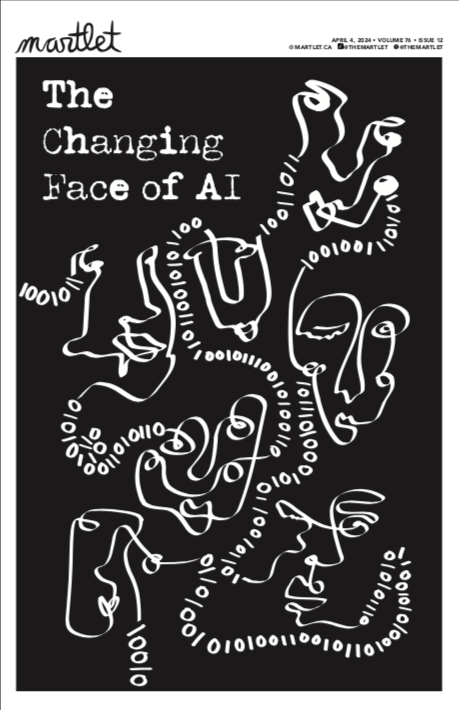Proponents of traditional activism have been quick to demean modern methods of protest, but traditional activism in North America hasn’t been particularly effective either. The problem domestically is finding causes that are close-to-home, focused, and novel. A strong physical presence is not enough. Tens, maybe hundreds, of thousands made their grievances known with Occupy Wall Street (OWS) and all its corresponding global chapters. But, OWS was incoherent and disorganized, ridiculed by as many as it was extoled by. As Jimmy Kimmel put it during the 2012 White House Correspondents’ Dinner, “It took months of hacky sack and patchouli oil, but, finally, Wall Street isn’t greedy anymore.” A harsh oversimplification, sure. But, OWS did become a shifting kaleidoscope of vague objectives informed by Naomi Klein-style conceptions of capitalism, which eventually — predictably — collapsed under the weight of all its lofty ideals.
Even Idle No More has arguably lost the vital momentum it generated in January and February with Theresa Spence’s hunger strike in Ottawa. Much of this can attributed to attacks on Spence’s credibility as a chief following allegation of financial mismanagement, in addition to a lack of focus similar to OWS. However, we also need to consider that while Indigenous grievances with the federal government are troubling and in need of addressing, they also aren’t new. I am not suggesting that they are any less important in any sense. They are of immense importance, and approximately 25 years of Supreme Court of Canada holdings in favour of Indigenous rights is a necessary first step in advancing social equality and rule of law. What is crucial to note is that these disputes aren’t recent. Unless a novel method for engaging with these injustices is developed, public disinterest seems inevitable.
The reality is most Canadians under 30 have virtually no institutional memory of traditional activism or at least of a time when traditional activism carried the weight it did during the early-to-mid 20th century. Moreover, the Internet and social media are much newer than most acknowledge; their uses and evolution are far more stochastic than we are willing to admit. The Internet’s rules and limits (or lack thereof) are still busily being determined at nearly every level. What constitutes effective and meaningful protest in 21st-century North America and developed Europe is, ostensibly, still being determined as well. Presumably, where people are denied by the state the right to express themselves both in practice and de jure, pressing “like” in support of a cause — any cause — is a revolutionary action, a slight glow during oppression’s midnight. Where people live in fear and without reasonable recourse available to rectify their fear, even a minuscule level of engagement, online or physical (frankly, neither is mutually exclusive any longer), can gain inertia and mobilize thousands.
We needn’t divorce ourselves from social media. However, we do need to disabuse ourselves of the notion that traditional activism is inherently effective. Text message donations to Haiti generated $5 million (USD) in two days. Literally, with the click of a button, “slacktivism” generated more financial support than could be mustered for either OWS or Idle No More. Activism is fundamentally a collective expression of sustained defiance. The problem, ultimately, is not social media. It isn’t even “Slacktivism” per se. The fundamental issue is an absence of clear, cohesive, and attainable goals. We should dare to dream big, but we shouldn’t let our dreams preclude our capacity for strategy. We need to ask ourselves what is relatable, credible, tangible and risky in the 21st century. Until then, “Slacktivism” has the upper hand, and from where I’m standing that hasn’t necessarily been a bad thing.






